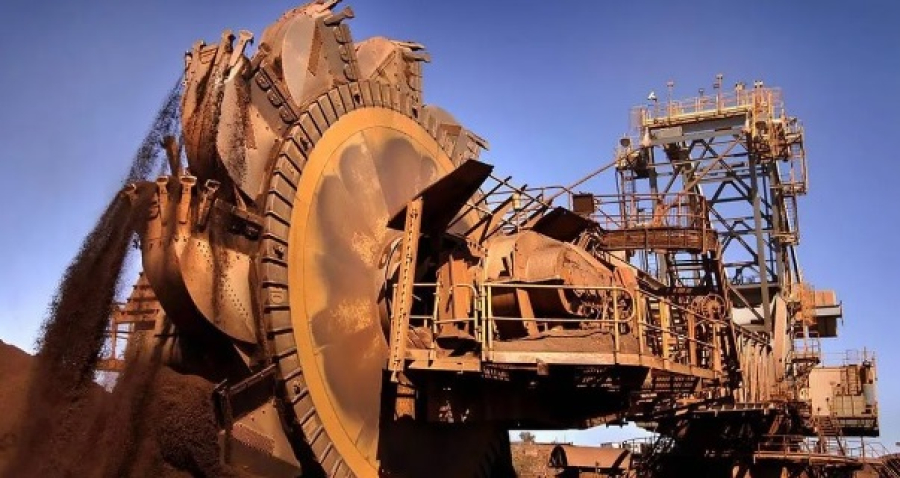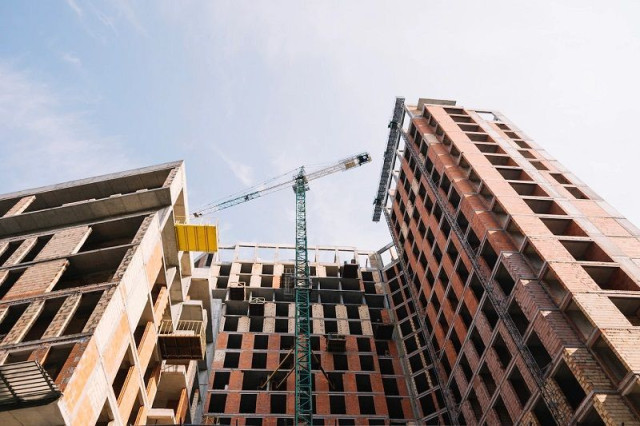
Kazakhstan is the world’s largest uranium producer. This year alone, the country mined about 16,000 tonnes of uranium, 14,000 of which were exported to foreign countries, including the U.S., Canada, Russia, China and the European Union.
Uranium production in Kazakhstan is conducted by the in-situ recovery method. A special chemical reagent is supplied underground through a pipe system. It leaches the ore. After that, the solution is pumped to the surface, and it enters the production facility. There it is run through the filter system, making the substance powder-like.
“We use an in-situ recovery mining method. It differs from other methods, because it does not have a negative impact on nature, as we do not raise the ore to the surface. We process it underground and extract only the uranium contained in the ore,” said Ardak Ospanov, manager of the geotechnological site.
According to experts, the technology used in the country is one of the most cost-effective ones. And what’s more – it is environmentally friendly, they emphasize.
“Once the uranium mining is finished, we remove all the pipes and communications out of the field, we clean it up. In three to five years, new plants will grow in the area, and the animals will come back there,” added Galym Nuraliyev, Deputy Director General of the mining company.
At present, 26 deposits are being developed in the country. It bears noting that Kazakhstan has more than 65 percent of the world’s known uranium reserves, which are suitable for in-situ leach mining.









